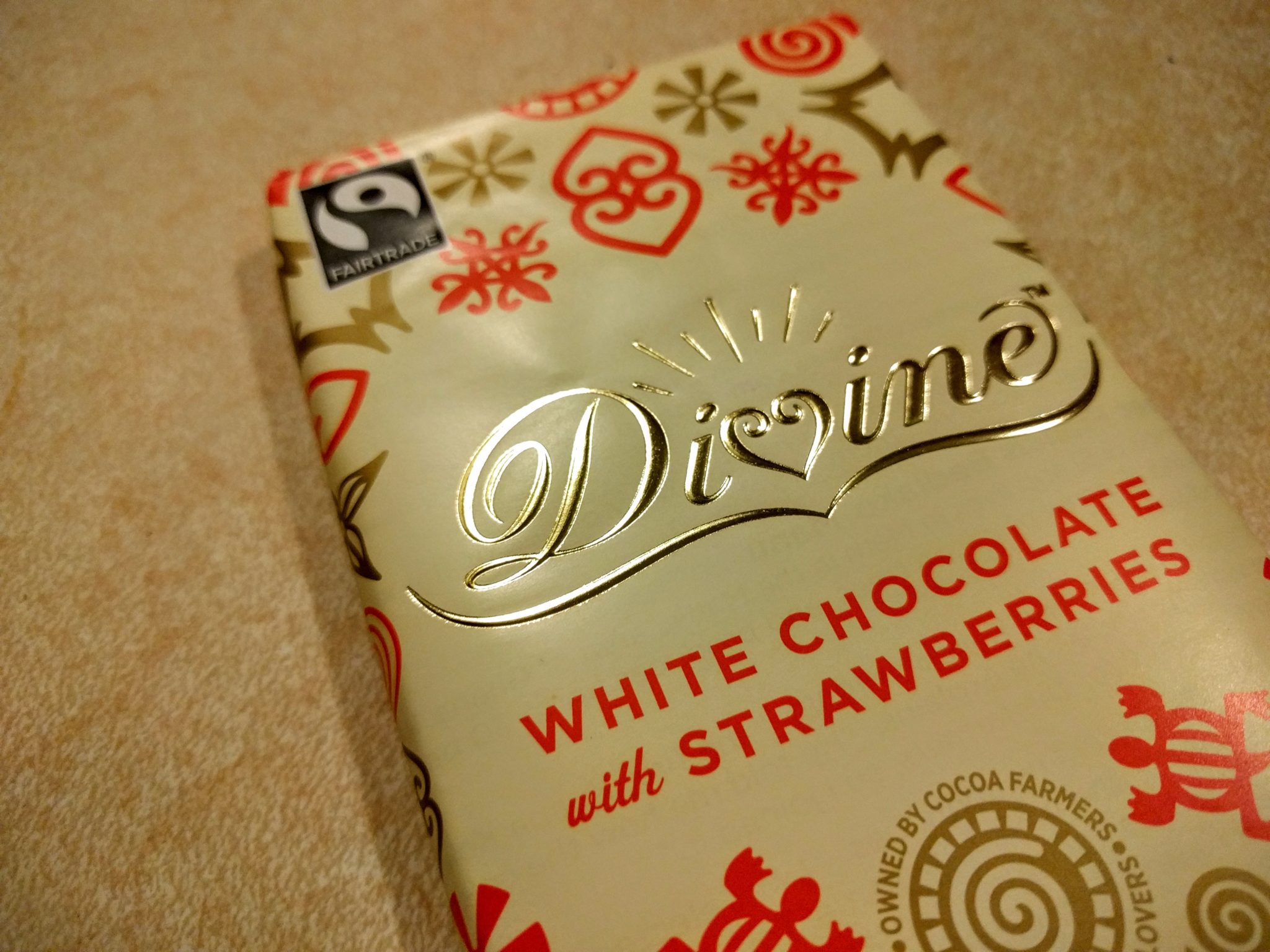Do you consider white chocolate to be chocolate? Many do not.
As I researched this one, I found myself on the fence until the very end. But I have now landed on a particular side – come and join me.
Let’s look at the definitions of chocolate and white chocolate:
Milk chocolate, the most popular type of chocolate, must include at least 10% chocolate liquor, at least 3.39% milkfat, and at least 12% milk solids. (There is no FDA standard for dark chocolate, other than it must adhere to the rules of labeling anything “chocolate.”)
White chocolate must include at least 20% cocoa butter, at least 14% milk solids, and at least 3.5% milkfat; it also tends to contain sugar, vanilla, and a fatty substance called lecithen; there are no cocoa solids (which are in chocolate liquor).
So here’s the thing: white chocolate contains cocoa butter, but not cocoa solids. Is this enough for the candy to be considered chocolate?
Again, definitions of each are needed:
Cocoa butter is the fat that occurs in cocoa beans. It’s bland and does not contribute to chocolate’s flavor, but instead assists with chocolate’s texture, shape, and melting qualities.
Cocoa solids are particles that give chocolate its flavor – and again, they’re present in the chocolate liquor.
A food item is many things – flavor, mouthfeel, texture, visual appearance, etc., etc. But I think it can be argued that the real essence of a food lies in its flavor. And white chocolate simply does not have what gives real chocolate its true taste: chocolate solids.
Bon Appetit says it best: “Though white chocolate contains extracted cocoa butter, it lacks the component that defines real chocolate.”
Thus, white chocolate is not chocolate.
This doesn’t necessarily mean white chocolate is bad, though – Serious Eats offers up how to tell the difference between good quality white chocolate and bad, and the best uses for this underestimated candy.
Sources:
- Bon Appetite: White Chocolate
- FDA-News Registrar Corp: Chocolate, as defined by the FDA
- Serious Eats: Everything You Need to Know About Baking with Chocolate
- Serious Eats: The Real Deal With White Chocolate, Dessert’s Delicfious Underdog
